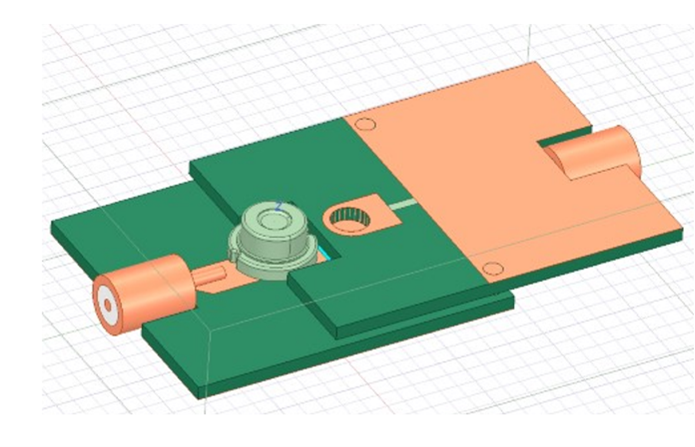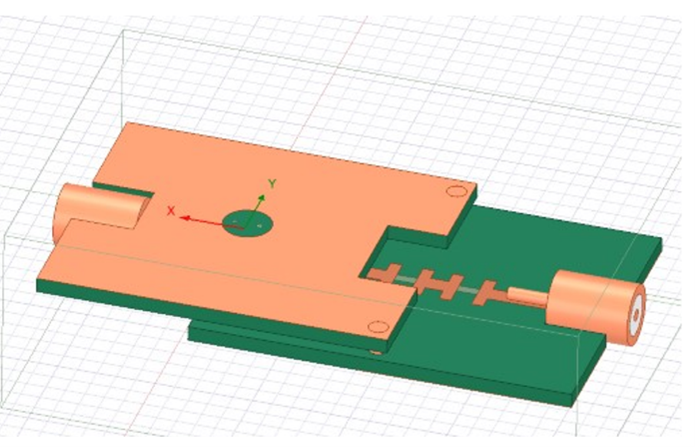A laser diode is a device that is capable of conducting high current in one direction and limited current in the opposite direction. Laser diode drivers supply current and voltage from a single laser diode to multiple laser diodes. The driver also protects the laser from an excess of current. Charging capacitors with fast switching Metal-Oxide-Semiconductor Field-Effect Transistors (MOSFETs) are the conventional way to drive laser diodes.
A PhotoConductive Semiconductor Switch (PCSS) operates by applying a direct current (DC) voltage to a semiconductor material and then illuminating the semiconductor with a short laser pulse to generate charge carriers, resulting in a dramatic increase in the conductivity of the semiconductor and a short high current pulse at the output that is then used to drive a load or an antenna.
LLNL researchers have invented an ultrafast PCSS to drive a high-power laser diode with arbitrary pulse widths. These devices operate by supplying a high voltage (>10 kV) to one side of the switch. A short pulse of light illuminates the semiconductor, instantly turning it from highly resistive to highly conductive. Ultrawide bandgap (UWBG) semiconductors are used to achieve sub-100 picosecond pulse widths and extremely high voltage standoff. Dopants would allow for sub-bandgap excitation of charge carriers while maintaining the high voltage standoff.
- Value Proposition: Improved performance and cost-efficiency over conventional laser diode drivers.
- Higher output current (>30 A) by an order of magnitude
- Faster switching speed (<1 ns) down to ~10 picosecond
- Due to higher output current, a single PCSS can be used to drive an arbitrary number of laser diodes.
- Ultra-fast switches
- Laser diode drivers
- RF sources
Current stage of technology development: TRL 3
LLNL has filed for patent protection on this invention.
LLNL has a large portfolio of photoconductive semiconductor switches, including three issued patents, three patent application publications, two unpublished patent applications, and two patent applications yet to be filed.



